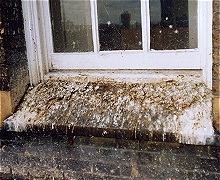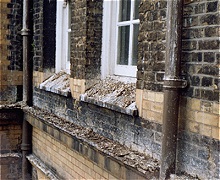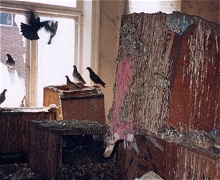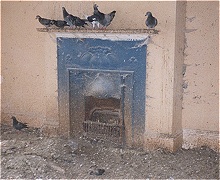Description: Sea Gull: The gull is found throughout most of the United Kingdom. The common gull is between 38 to 44cm long, and has a wing span of 106 to 125cm. Their calls are high pitched, some are laughing calls and others are mewing calls: "keow". As well as scavenging on carrion, gulls feed on worms, insects, molluscs and fish. In the winter, they can often be found scavenging at landfill sites with other species of gulls.
Biology: Sea Gull: The gulls build the nest usually on the ground and in a colony. The breeding season starts in mid May. The brood is usually of three greenish eggs with brown blotches, the eggs are smooth and non-glossy. Incubation lasts between 22 to 27 days and the hatched chicks are fledged after 28 to 35 days.
Control: A thorough survey by professional personnel is highly recommended.
Birds and their droppings make buildings look unattractive and poorly maintained. (As shown below) The droppings can create a slip hazard, and its acidic characteristic eat away at stonework. Bird prevention is possible by many approved solutions, Netting, Gelling, Spring Wires, Spike System and Cleaning & Proofing.
Bird Control London Local Professional Company Established 1987
|
||||||||||||||||||||||||||||||||||||||||||||||||||||||||||||||||||||
Sea Gulls Control London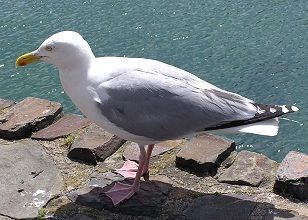 A COSHH Assessment on Bird Faeces, Debris and Nesting Materials is carried out for all work involving birds. Click Here for Details. Fatal Infection from Feral Birds, Click Here for Details.
Photos of our Unobtrusive Sea Gull Control Systems.
Click each thumbnail for a larger photo. |
||||||||||||||||||||||||||||||||||||||||||||||||||||||||||||||||||||
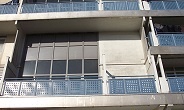 |
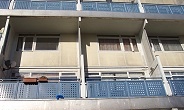 |
 |
||
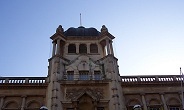 |
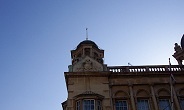 |
 |
||
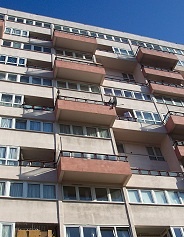 |
 |
|||
 |
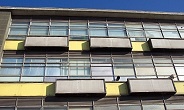 |
|||
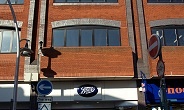 |
 |
|||
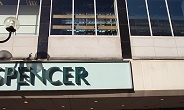 |
 |
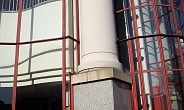 |
||
 |
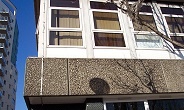 |
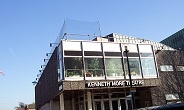 |
||
~ Sea Gull Proofing London ~ Bird control ~ East London Sea Gull control ~ North London Sea Gull Netting ~ Central London Sea Gull control
Essex Sea Gull control ~
Essex Sea Gull control ~
Copyright © 2008 - 2025 Advanced Bird Control
